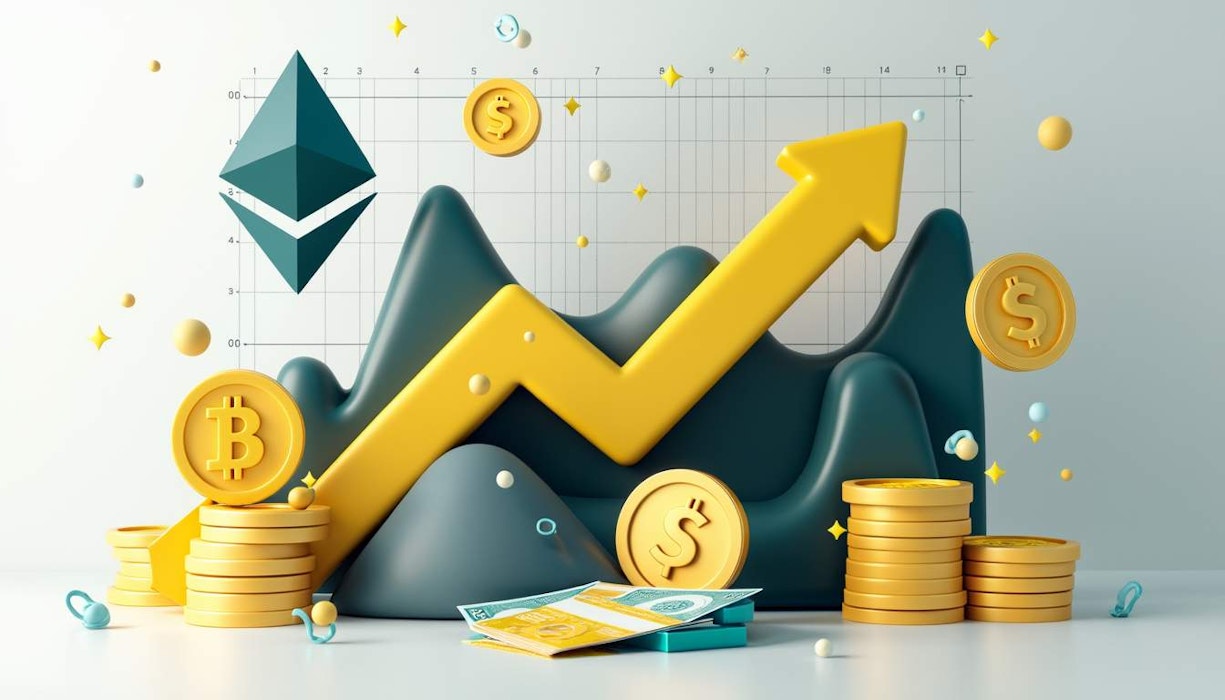What is fueling Raydium's price surge?
Raydium (RAY) has been gaining serious attention lately with its notable price increase. What could be behind this rally? One of the key catalysts appears to be an uptick in buyback activities. Data on-chain indicates that USDC allocated for RAY buybacks has surged, particularly in late 2024 and into 2025. This buyback model reduces the amount of tokens in circulation, thus potentially driving up the price.
Moreover, Raydium's trading volume has reportedly spiked to levels similar to those seen on Uniswap, a dominant name in decentralized trading. Additional protocol fees are being funneled into these buybacks, creating a cycle that appears to benefit RAY holders. Increased trading volume is also a factor, which aligns with the overall growth of the Solana DeFi ecosystem, bringing in new users and traders to the platform.
How is Raydium's buyback mechanism structured?
Raydium has an interesting buyback mechanism that could be playing a role in its upward trajectory. The platform channels a portion of transaction fees into RAY buybacks. Specifically, 12% of trading fees are allocated for this purpose. So far, about 38 million RAY tokens have been repurchased, amounting to a valuation between $52 million and $96 million.
This buyback initiative serves to stabilize and enhance the value of RAY tokens. The ongoing demand for RAY has contributed to a significant price rise, with a 94% increase recorded year-to-date in certain spans. Coupled with high trading volume and robust liquidity, it's positioned Raydium as one of the leading decentralized exchanges on Solana.
Are there indicators suggesting Raydium can sustain this momentum?
When looking at price charts, Raydium appears to be in a strong upward trend. After spending much of 2023 either declining or stagnating, the price has recently breached significant resistance levels. Several technical indicators align with this bullish sentiment. This breakout has pushed RAY above prior resistance points, with possible targets ranging from $0.08 to $0.10.
This positive price movement is supported by increased trading volume, indicating more market interest. Analysts speculate that the improved sentiment could be a mix of buybacks and Solana DeFi growth. Yet, it's vital to note that the Relative Strength Index (RSI) indicates the token may be overbought, hinting at possible short-term corrections.
What implications does Raydium's connection to Solana have for its future?
Raydium's strong integration with the Solana ecosystem has both upsides and downsides. On the upside, it is fully embedded in the Solana blockchain and can leverage its speed and scalability, offering ultra-fast trading and permissionless pool creation—key features for an automated market maker (AMM).
The platform also reaps significant benefits from the broader DeFi activity and meme coin trading happening on Solana. This continuous influx of transactions and liquidity supports Raydium's crucial role within the ecosystem. Collaborations with other significant Solana players, like Serum and Jupiter, further bolster its capacity and market position.
However, Raydium's fortune is tightly bound to the performance of the Solana blockchain. Any setbacks or declines in Solana could adversely affect Raydium's sustainability and growth. Moreover, Raydium is subject to regulatory scrutiny and market volatility, which can cloud the entire Solana ecosystem and, consequently, affect Raydium's operations and token value.
What are the risks of investing in Raydium?
Investing in Raydium, like many crypto assets or decentralized exchanges (DEXs), involves various risks that must be taken into account:
Security risks
Raydium has had notable security problems in its past. In December 2022, a hacking incident due to a trojan virus resulted in a loss of around $5.5 million worth of assets from its liquidity pools. While the team has made improvements, past breaches raise questions about potential future vulnerabilities.
Volatility risks
Raydium is known for its high volatility, which can lead to sharp price swings. Investors must be prepared for this volatility, as it can result in significant losses.
Regulatory risks
Like many cryptocurrencies, Raydium faces regulatory uncertainties that may restrict market access in certain jurisdictions, impacting user experience and token value.
Liquidity risks
Raydium's Concentrated Liquidity Market Makers (CLMMs) present higher risks for liquidity providers, including impermanent loss. Its historical reliance on Serum DEX, which has shut down, may also hinder its future growth if other ecosystems gain traction.
Lack of centralized oversight
Raydium operates as a decentralized platform, lacking a central authority to monitor transactions. This decentralization means users bear the responsibility for security, necessitating vigilance and knowledge to safeguard their assets.
Technical vulnerabilities
Despite leveraging advanced technology and being integrated with Solana, Raydium is not immune to technical vulnerabilities. Past incidents reinforce the need for ongoing security enhancements.
Can Raydium sustain its upward trend in the volatile crypto market?
Raydium's buyback system seems to be a key driver in its current and prospective growth, but it does come with notable risks and dependencies. The buyback strategy lends stability by reducing the circulating supply, increasing demand through scarcity. Yet, Raydium's future growth is also contingent on technology, strategic alliances, and broader market movements.
Opinions on sustainability are mixed, but many believe in the potential for continued growth, given Raydium's unique features and strong market standing. Its relatively low annual inflation rate compared to other DEXs can help preserve RAY's value—around 1.9 million RAY is issued annually, substantially lower than competitors.
In conclusion, Raydium presents intriguing benefits and features, but investors must be wary of and adept at managing risks, particularly regarding security, volatility, and regulatory uncertainties. Its long-term success will hinge on adaptive capabilities within the evolving DeFi landscape, maintaining strong liquidity, and advancing its ecosystem.
